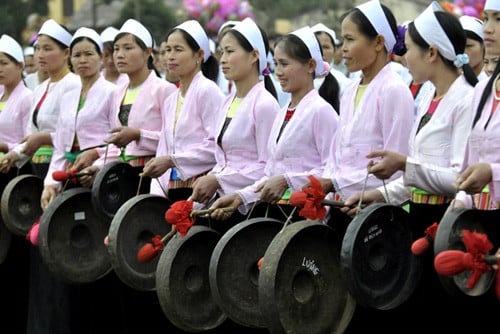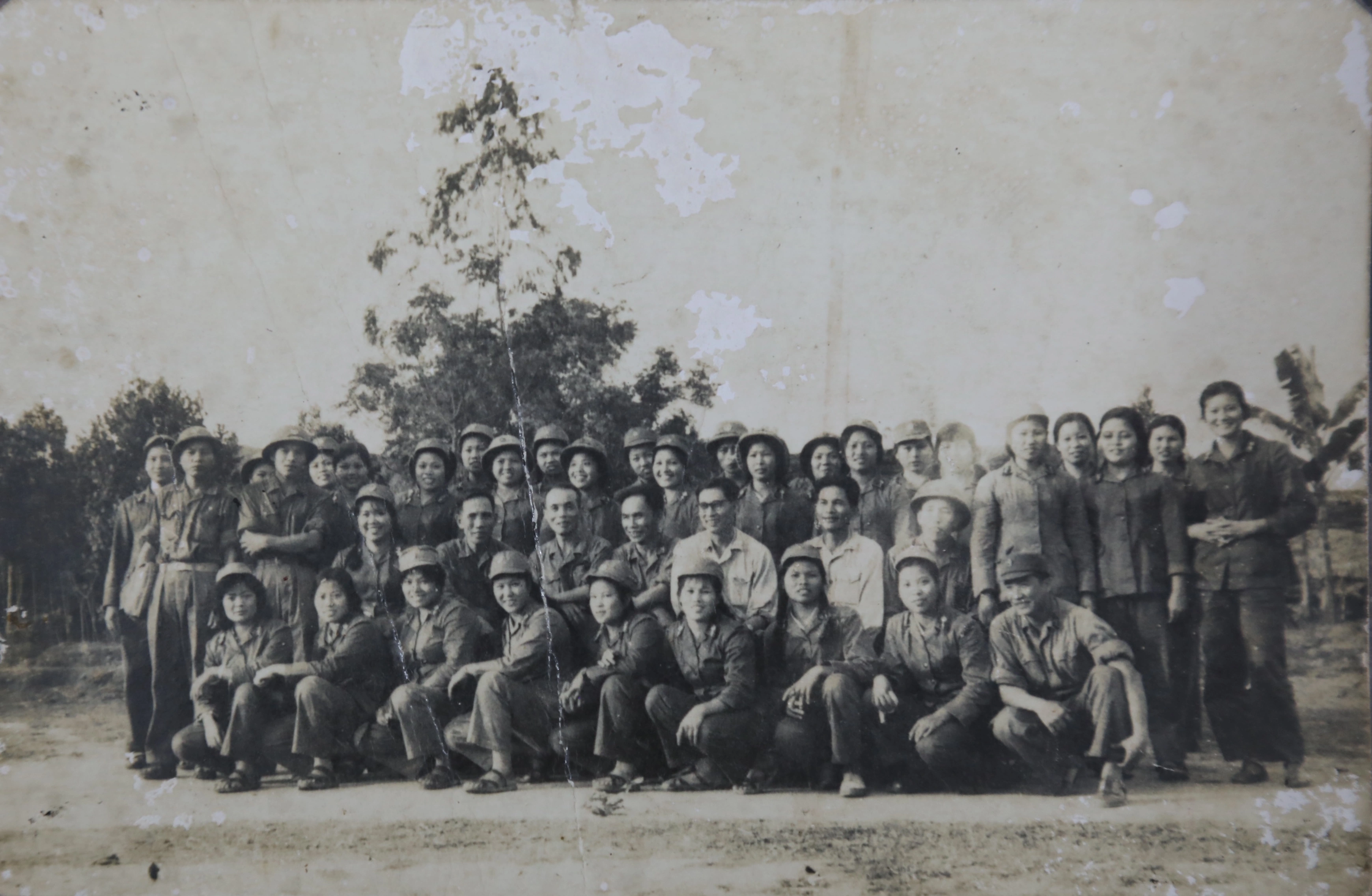Some examples of using ordinal numbers in English: The 6th person on the list; The 23rd of September; 1st prize.
Except in some special cases, you just need to add the letter "th" at the end of the counting numbers to make them ordinal numbers.
In pronunciation, when adding the letter "th" it will be pronounced as /θ/, like the initial sound in the word "thank".
For ordinal numbers greater than 20th and less than 100, we read the tens digit as the counting number and the units digit as the ordinal number. For example: 21st = twenty first; 56th = fifty sixth.
For ordinal numbers greater than 100, we use the following method: from 101 to 120, the structure is "a hundred + counting number"; from 120 and up, we use the formula: (x) hundred + tens + counting number).
Example: 101st: a hundred and first
102nd: a hundred and second...
120th: a hundred and twentieth
121st: a hundred and twenty first
545th: five hundred and forty fifth
Interestingly, when saying "one hundredth", the listener can understand it as 1%, or it can also mean "the 100th". Therefore, in practice, one can say "100th" as "hundredth" without the "a" or "one" in front: "You are our hundredth customer today".
The same applies to "1000th", which can be used with either "a thousandth" or "thousandth", but "thousandth" seems to be more common. The same goes for 1 million and 1 billion.
For serial numbers 1000 and above, we apply the same principle above:
1001st: a thousand and first
1002nd: a thousand and second
1020th: a thousand and twentieth
2021st: a thousand and twenty first
2841st: two thousand, eight hundred and forty first
With the ordinal number 10000th, we can only say "ten thousandth" - this word has two meanings, both 10/10,000 (1%) and also "the 10,000th". Therefore, we have to depend on the context to judge.
Source link




![[Photo] Visiting Cu Chi Tunnels - a heroic underground feat](https://vstatic.vietnam.vn/vietnam/resource/IMAGE/2025/4/8/06cb489403514b878768dd7262daba0b)
























































































Comment (0)